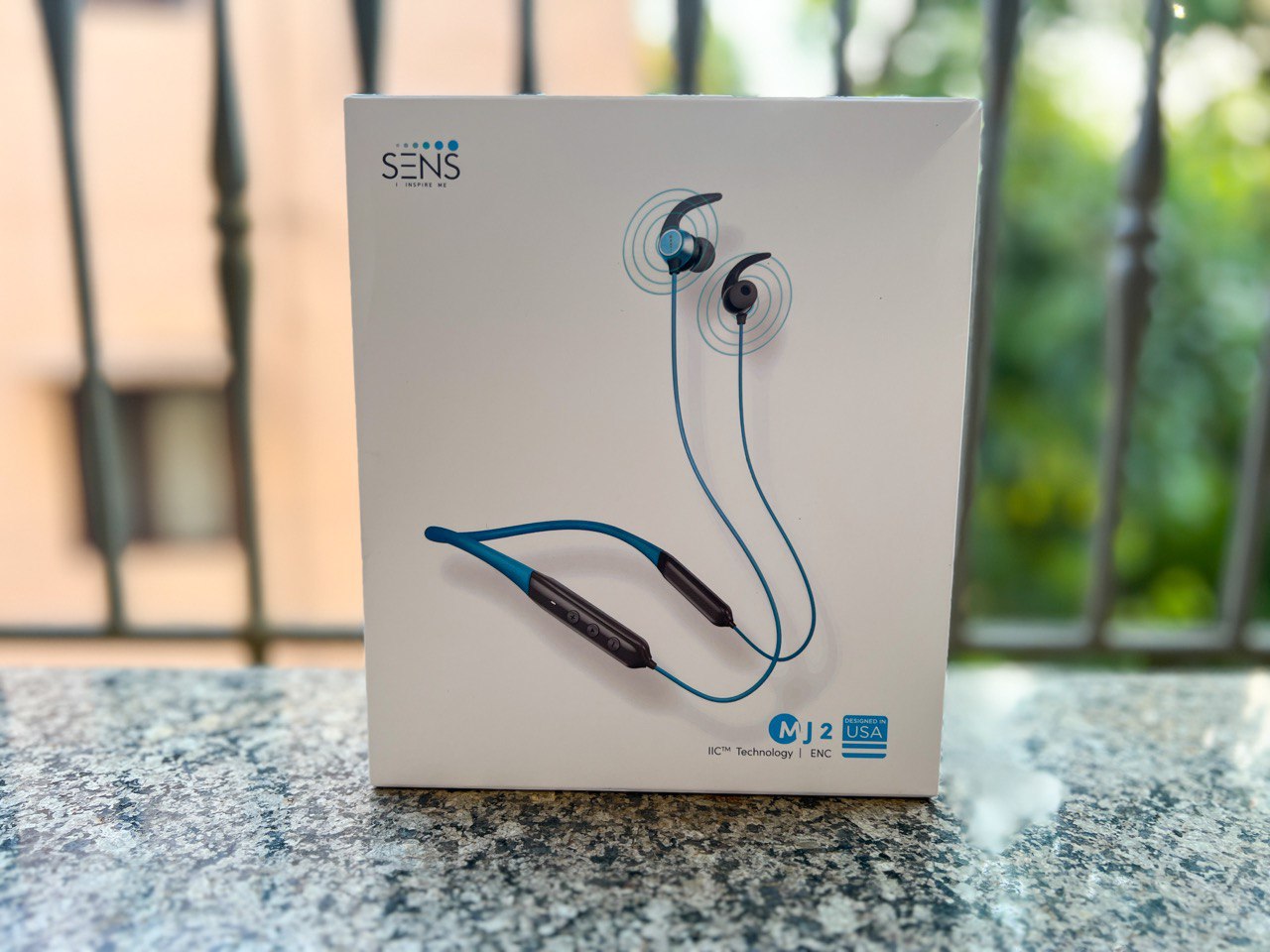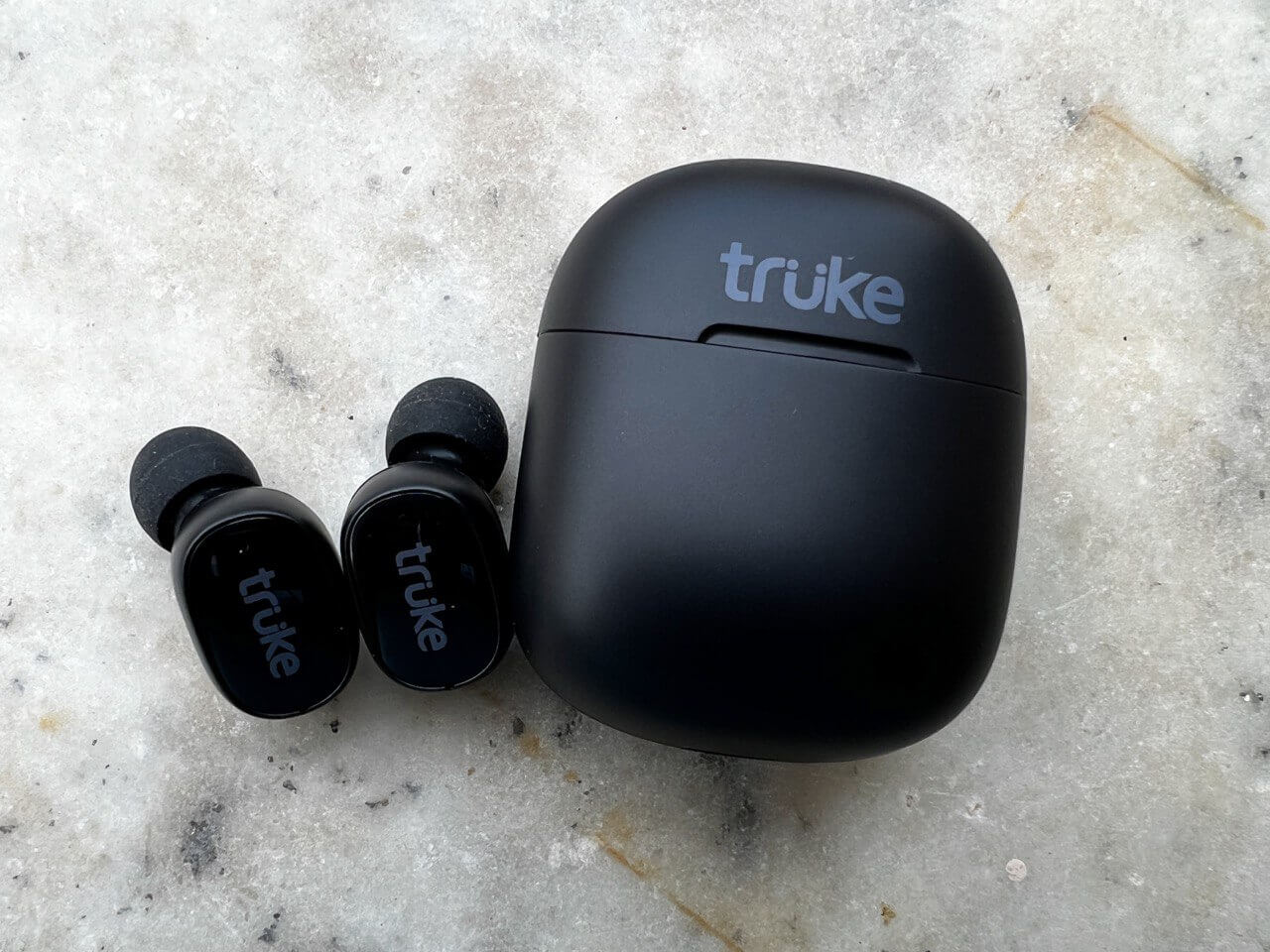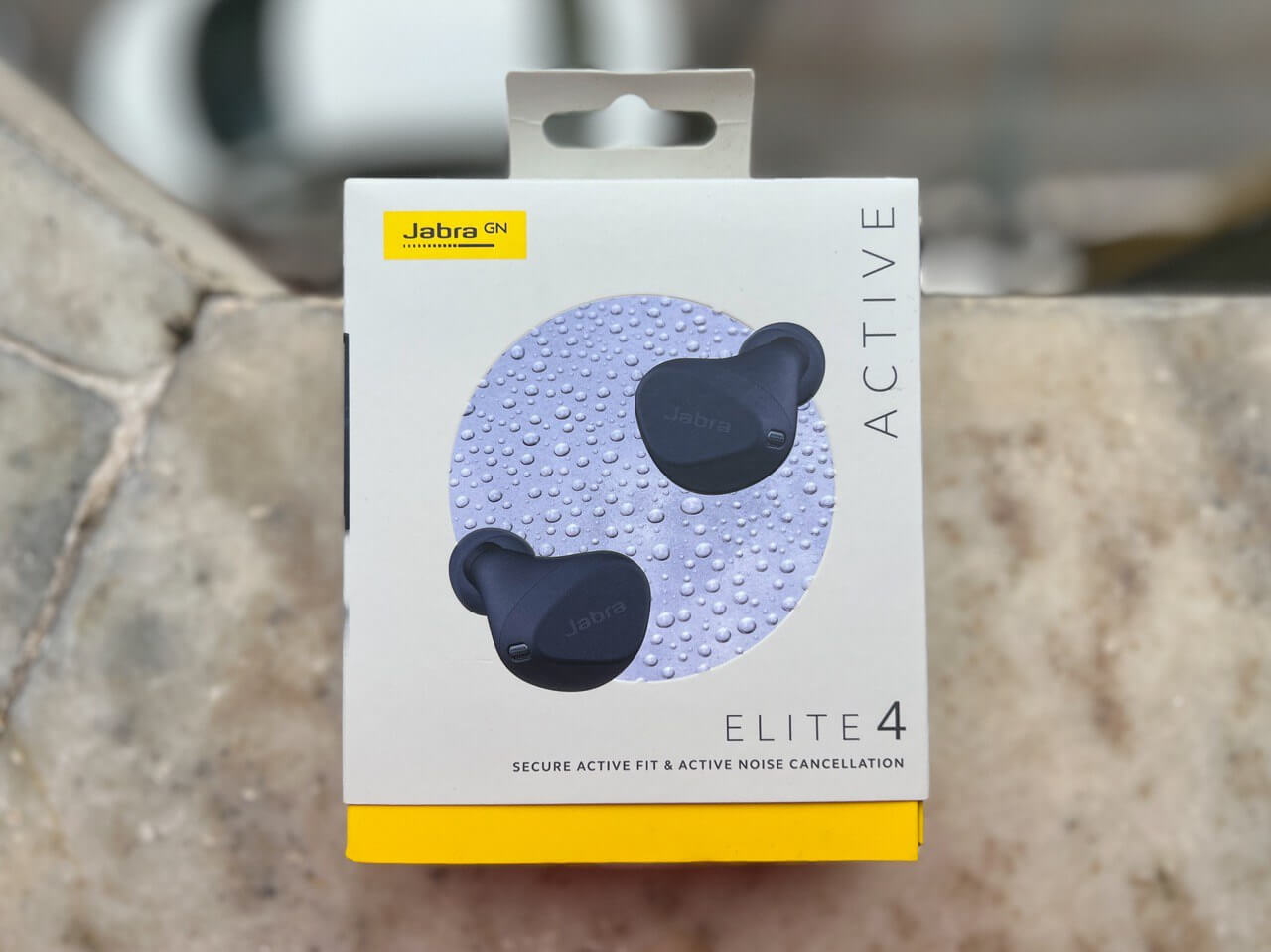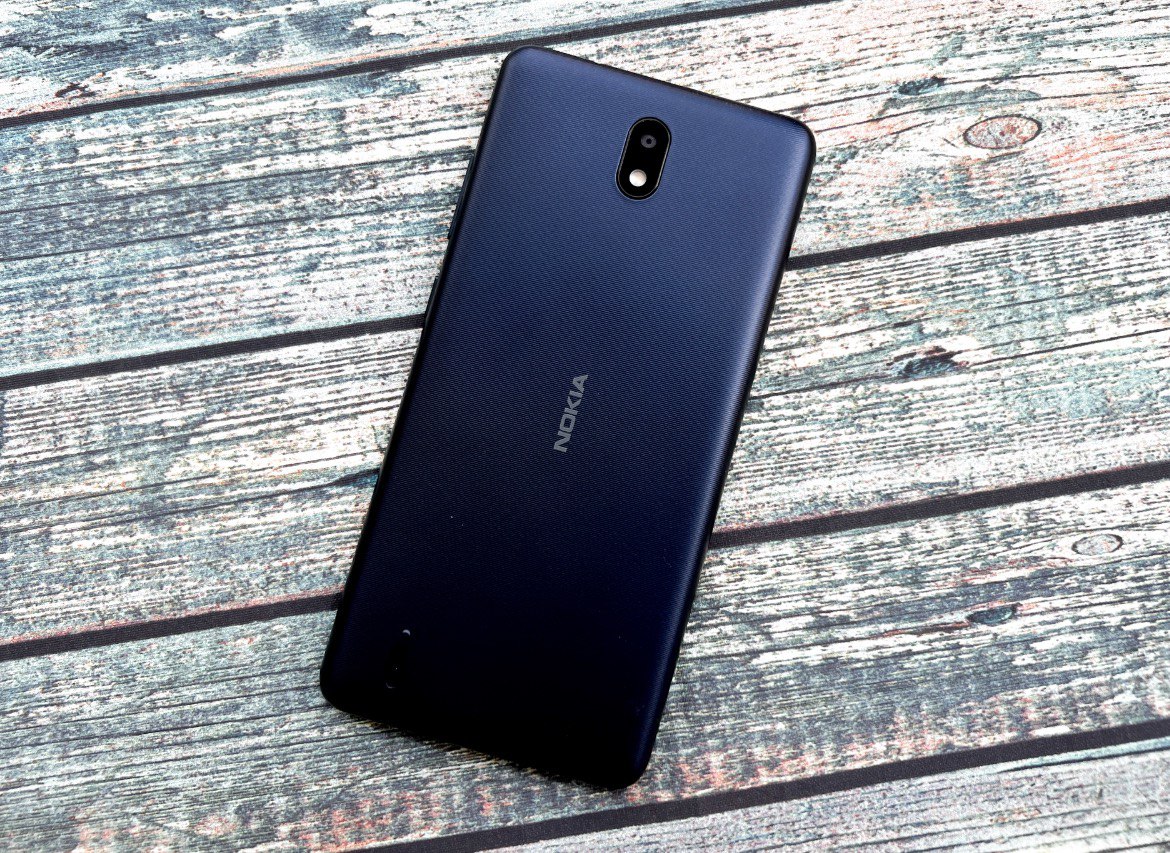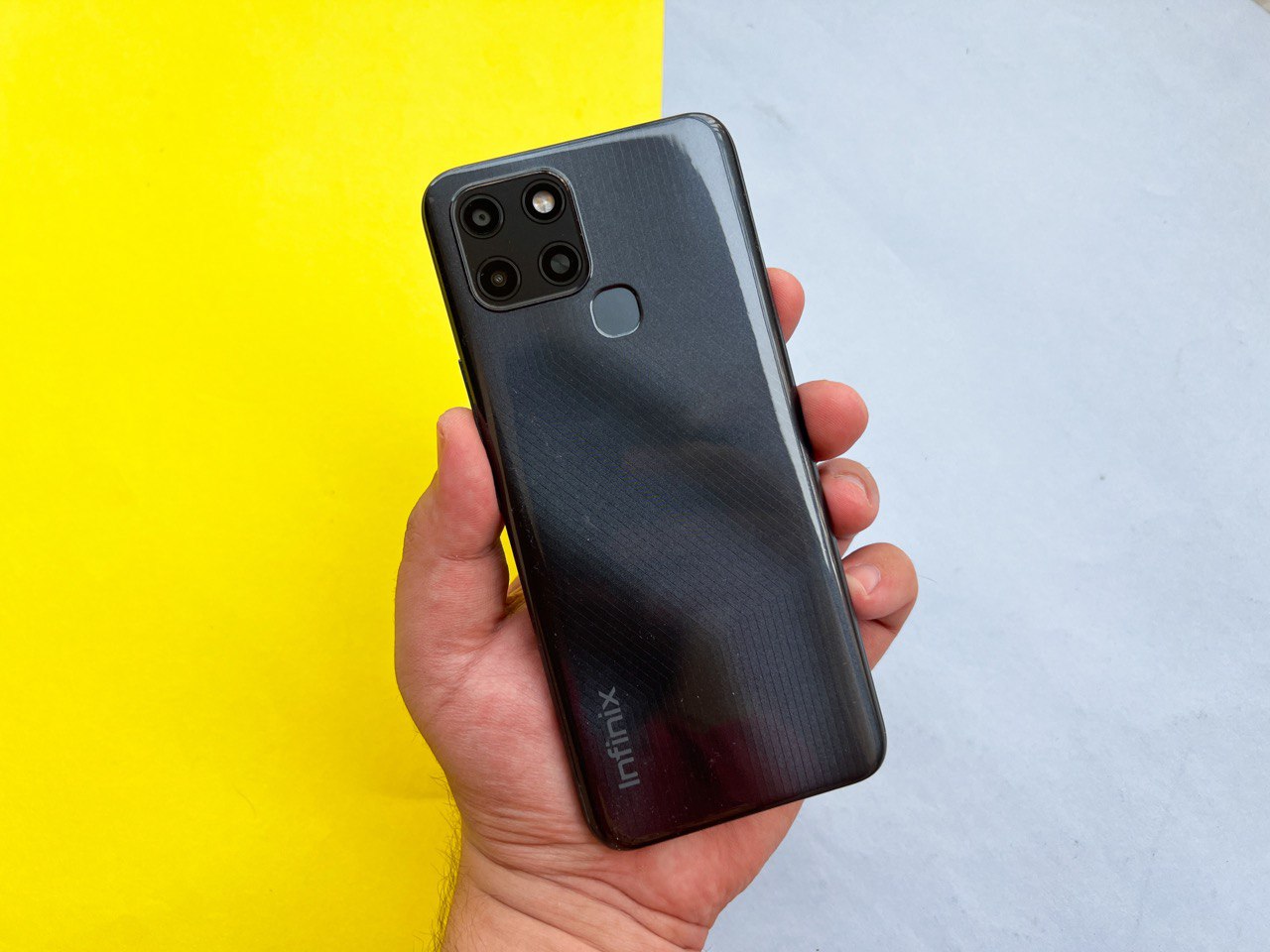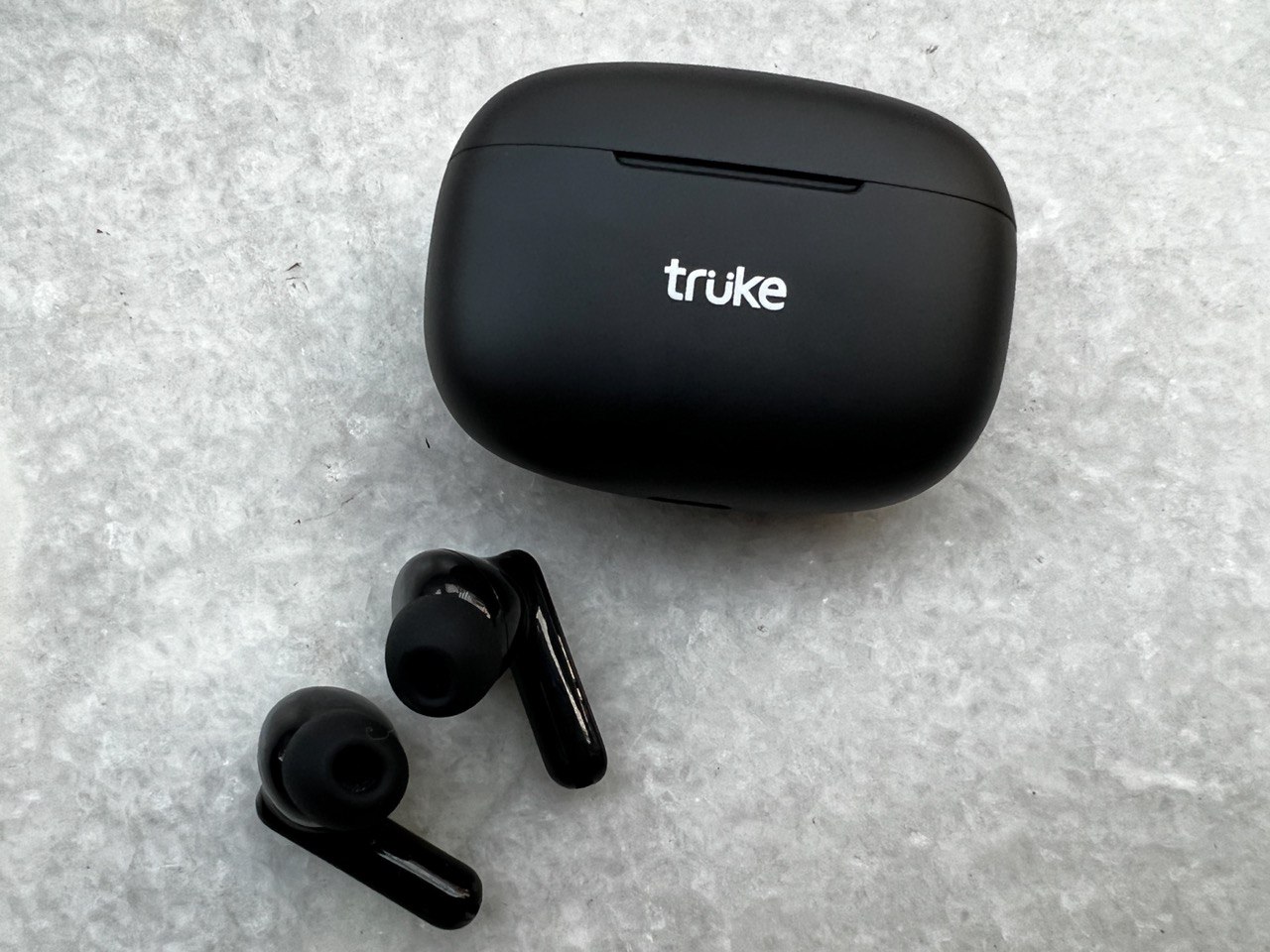

Asus has made the Zenfone 2 series a bit confusing by launching so many variants with almost the same name and one of many Zenfone 2 series device is Asus Zenfone 2 Laser which is one of our favourite mid-range smartphones of 2015, thanks to the unrivalled value for money it brought to the table.
Build & Design


The Asus ZenFone 2 Laser (ZE550KL) looks very similar to its forerunner Asus ZenFone 2 with similar shape and dimensions. It is nearly impossible to tell the difference between the two phones at the front. Up front, above the display is a 5 MP secondary camera to the right with notification LED on the left. The sides remain free of any buttons or slots and the bottom has the Micro-USB port. The power button and 3.5mm port are at the top of the device. We found the placement of power button a bit inconvenient as most large phones launched in the recent past come with side buttons for power/screen lock for easy access. Although you have double tap gesture to wake the device, so you won’t really need the power key for much apart from powering on and off the device. The volume rocker of the ZenFone 2 Laser is at the back of the device, just under the camera. The power button and volume rocker buttons do seem to offer more tactile feedback than what was available with the original but they do feel somewhat cheaper. The back panel is removable with the replaceable battery and SIM-slots underneath. The device uses a hybrid SIM slot but you can actually use both SIM and microSD card. Overall the device feels comfortable to hold in hand despite having a larger display.
Whats under the hood?
Asus Zenfone 2 Laser is powered by a 64-bit 1.2GHz Qualcomm Snapdragon 410 quad-core processor coupled with 2GB RAM. It features a 5.5-inch HD (720x1280p) IPS display which offers vibrant colours, good brightness levels and wide viewing angles. The phone comes with Corning Gorilla Glass 4 protection to guard against scratches. The phone sports a 13MP rear camera with laser Auto Focus having focus time of 0.3 seconds only with dual tone LED flash. It has a 5MP front-facing camera for selfies. The device is packed with 16GB internal storage out of which only 10.8GB is available to the user. Thankfully the phone comes with a microSD card slot. In battery, the Zenfone 2 Laser comes with a 3,000mAh unit that is replaceable.
Software
The Asus ZenFone 2 Laser runs Android 5.0 with Asus’ own ZenUI layered on top which support themes which gives the interface a distinct look. The launcher automatically groups certain apps together, which can be either extremely convenient or irritating. From customisable quick access apps on the lock screen to the numerous gestures available with ZenMotion the Zen UI does have a lot to offer.
Asus has included a special mode for single handed use that can be invoked by double tapping on the Home button (just like Apple’s Reachability feature) and this mode also features on-screen navigation keys. There are few apps that are redundant and could be easily excluded for instance MyAsus and Asus Support, Quick Memo and SuperNote can be clubbed together. Some tools like the ZenLink apps offer great utility and apps like Auto-start manager. There’s also a Kids Mode which lets you choose selected apps and set a password to protect the rest of the phone. We found some of the apps & tools useful but there’s a lot of bloatware which can’t be uninstalled.
Performance
We were able to play games like Clash of Clans, Leo’s Fortune, Dead Trigger 2, Need for Speed No limits and Asphalt 8 without encountering frame drops or freezes or heating issues. The phone offers excellent gaming performance. Opening applications, swiping, scrolling, and multi-tasking are all handled with rare instances of lag or stutter.
The phone scored 23,399 in Antutu, 14,570 in Quadrant and 54.5 in Nenamark 2 benchmark tests. We also used 4G data on Airtel’s Delhi network and were able to get a good signal with 25Mbps+ speeds.
The phone is backed by a 3000mAh battery and will last you more than a full day even if you put the screen brightness at the highest level with 4G data enabled all the time. The phone lasted us for than 15 hours with 3 hours of screen-on time. Overall we are impressed with the way the phone handled standard smartphone functionality.
Lights Camera Action – Camera Review
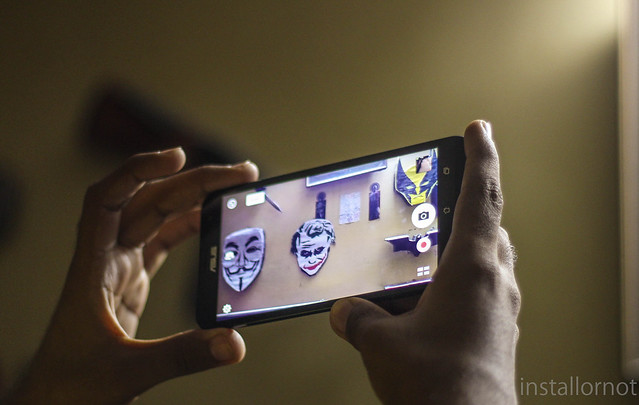

For starters there is addition of a laser auto-focus system next to the rear camera unit, which is what gives this device its name. The rear camera of this device features a five-prism Largan lens and Toshiba sensors accompanied by a dual-tone, dual-LED flash. It’s the only budget phone that features laser autofocus for faster focus. The camera which has f2.0 aperture that captures good quality pictures in daylight with excellent level of detail and balanced contrast and colours. The laser-autofocus system works well to quickly and properly focus on objects within a reasonable close shooting sphere but unfortunately HDR seems to make things worse. However, in low-light conditions the pictures have a lot of noise which can be eliminated by using low-light mode. The 5MP front camera takes nice selfies and will make you look good with beautification effects.
Final Verdict
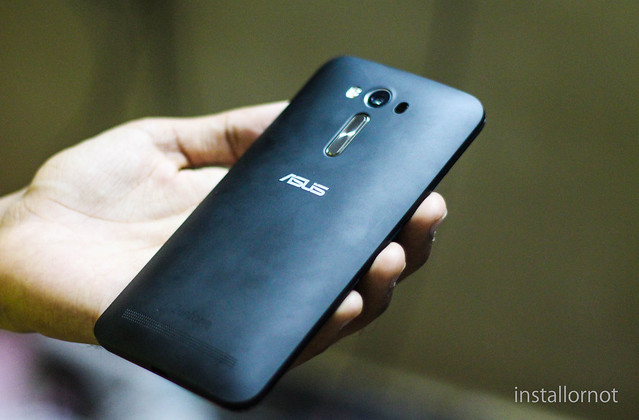

Asus Zenfone 2 Laser packs in good hardware specifications, a great camera with laser auto-focus, bigger battery and rich software features. But the device is a bit expensive for a Snapdragon 410-powered device (considering you can get a Snapdragon 615-powered Yureka Plus for less), but this can be justified to some extent by the laser autofocus system that is the usp feature here.
The Asus Zenfone 2 Laser can be easily considered as one of the best smartphones available under INR 10000.
Now let us look at a few pros and cons of the device:
PROS
- Laser autofocus (only device to offer laser autofocus at this price range)
- Solid build quality
- Great display
- Good performance
- Dual SIM 4G support
- Expandable storage
- Excellent camera app
CONS
- Lack of dynamic range in camera
- Poor sunlight readability
- Missing NFC
- Device is flooded with bloatware

